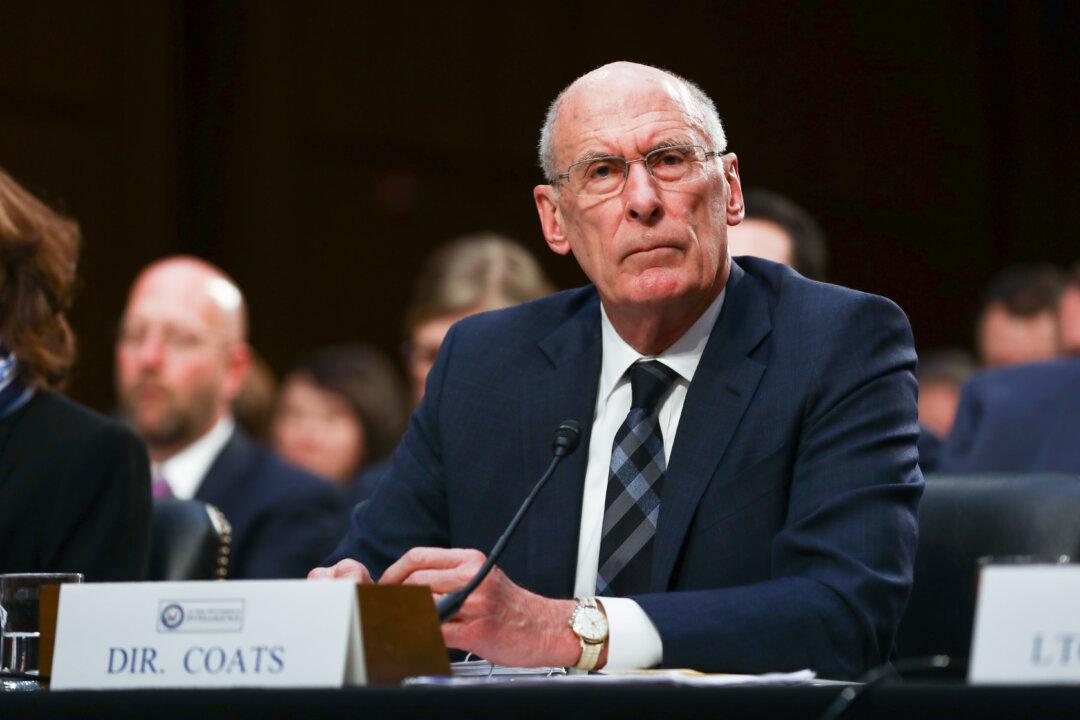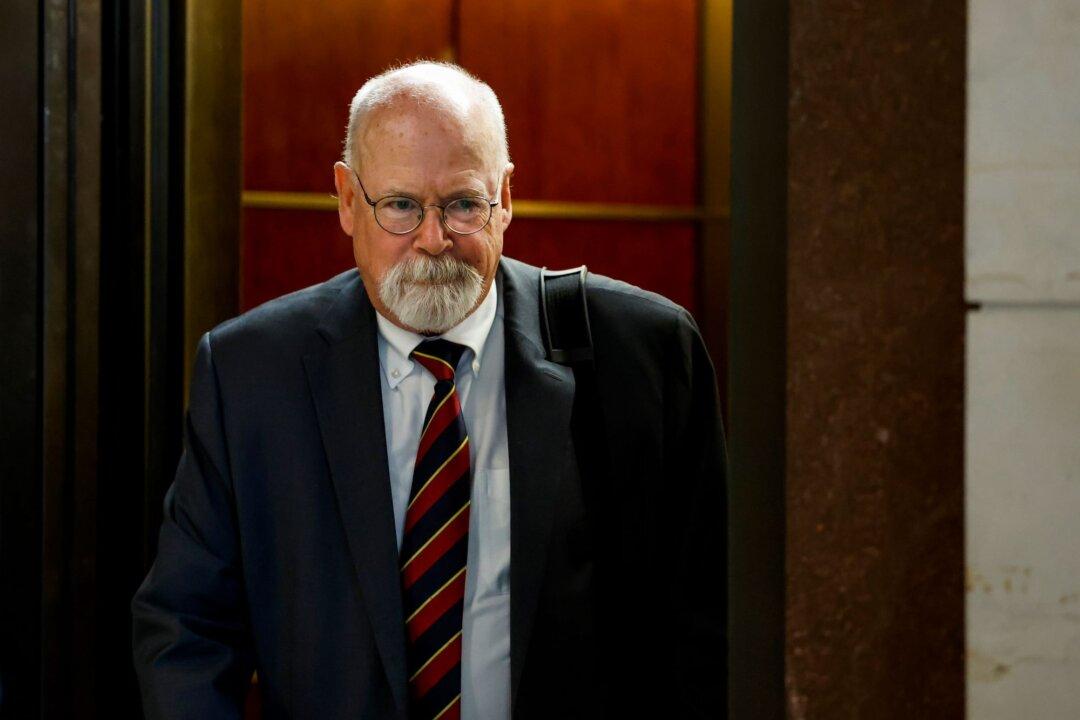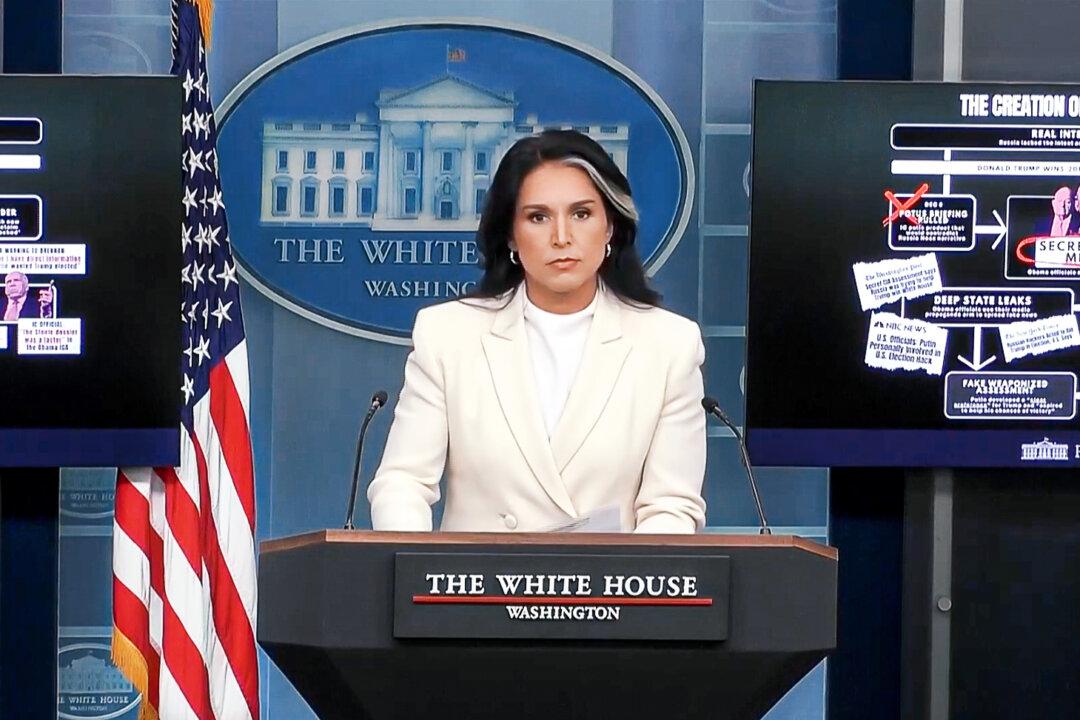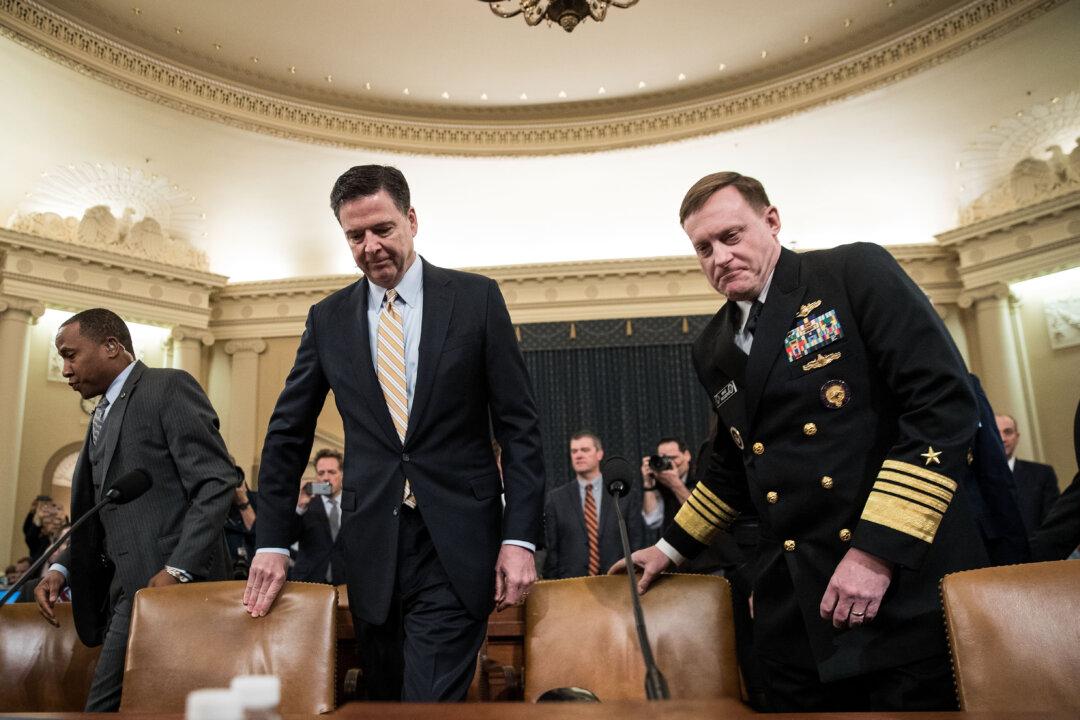The Office of the Director of National Intelligence (ODNI) is refusing requests to release an unclassified internal memo linked to the whistleblower complaint at the center of the Democrat-run impeachment inquiry.
The July 23 memo concerns the creation of an election executive and leadership board that then-Director of National Intelligence (DNI) Dan Coats announced on July 19.





